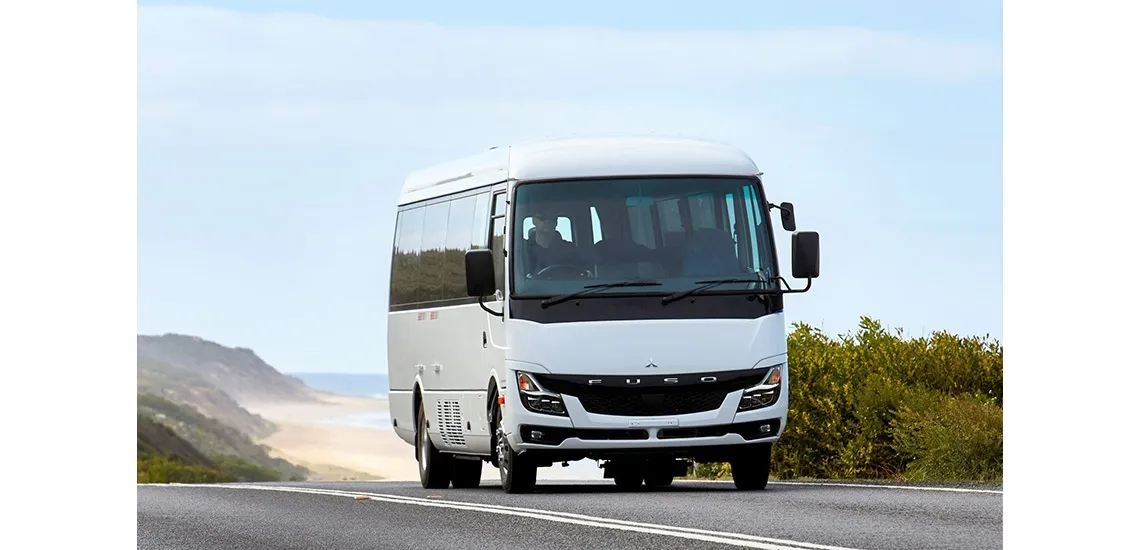In 2019, UD Trucks achieved a 100 per cent return to work rate for employees who took childcare leave, thanks to its ongoing workplace reforms.
UD Trucks Make Progress in Creating Flexible Working Condition
UD Trucks has been making efforts to create flexible working conditions for employees with children since the 1990s. The company has introduced flex-time, work from home and other programs to make the workplace more attractive and those initiatives are seen as a key driver behind the high rate of employees returning to work after childcare leave.
UD Trucks achieved a 100 per cent rate of employees returning to work after childcare leave for the first time in 2017 and the rate is expected to remain at 100 per cent in 2020 as well.
In addition to introducing a variety of personnel systems that support flexible ways of working, the company has been making efforts to raise the awareness around diversity and inclusion through various activities. By fostering a diverse and inclusive culture, UD Trucks believes it can increase employee engagement and the exchange of ideas, which will enable the company to positively transform its employees, business and the society as a whole.
The logistics industry is currently facing a serious labour shortage due to the aging of predominantly male drivers. With the Japanese government support the industry has been making efforts to boost the number of female drivers in recent years through various initiatives.
UD Trucks has also been playing a key role in empowering women in the workplace. The company launched a working group called Women Inclusion Network (WIN), in 2014, to support working mothers and share best practices on achieving a balance between family and work.
These support frameworks and programs have played an important role in giving employees, especially those who are caring for small children, a sense of comradery and security. In fact, the number of employees taking maternity and paternity leave has been increasing each year.
UD Trucks also supports gender equality in terms of childcare. The first male employee took paternity leave in 2013 and in 2019, five male employees have done so. In 2020, four male employees have taken paternity leave as of the end of September.








